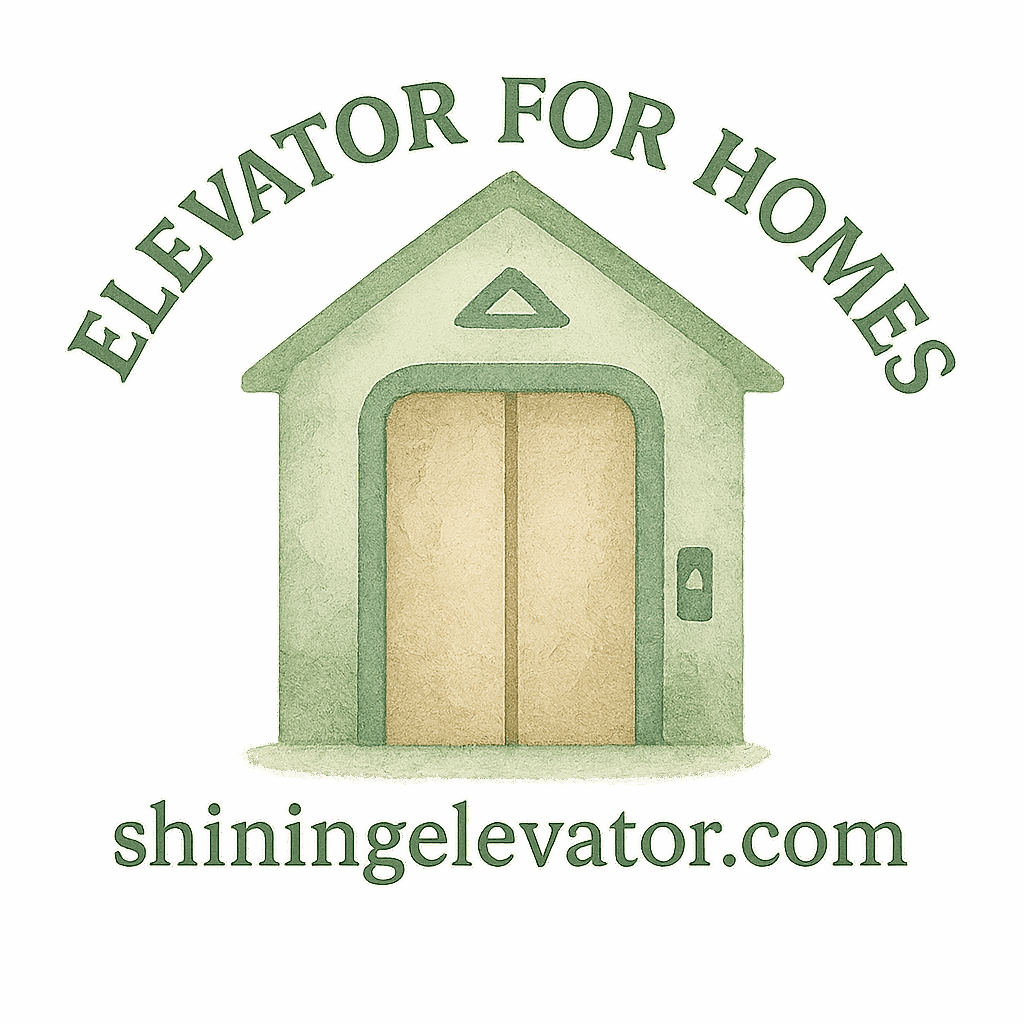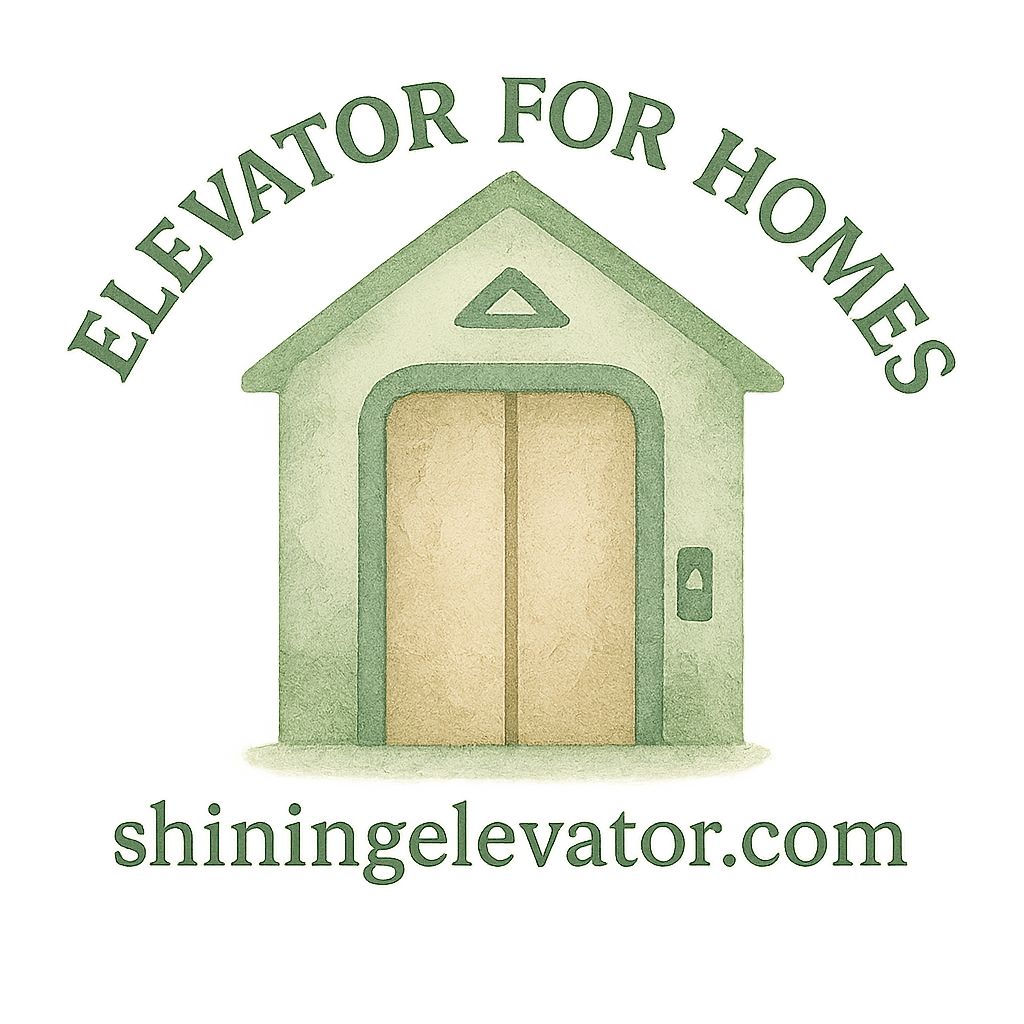Introduction: How AI Is Transforming Elevator Safety
Residential elevators are no longer just luxury features; they’ve become practical solutions for accessibility, safety, and convenience. With advancements in artificial intelligence (AI), homeowners now enjoy safer, smarter, and more efficient elevator systems. AI is changing the way elevators are maintained, monitored, and repaired—making them not only reliable but also future-ready.
In this article, we’ll dive into six powerful AI applications that are transforming residential elevator maintenance, ensuring safety, convenience, and long-term savings for homeowners.
Why Residential Elevator Maintenance Matters
Growing Demand for Residential Elevators
With modern housing trends emphasizing comfort and accessibility, residential elevators are becoming a must-have. Families looking at residential elevators see them as not just status symbols but essential home features, especially for seniors or people with mobility needs.
Common Safety Challenges in Elevator Maintenance
Like any mechanical system, elevators face risks: wear and tear, unexpected breakdowns, and costly repairs. Traditional maintenance often reacts to problems after they occur. This reactive approach can compromise safety. AI, however, changes the game with proactive and predictive solutions.
AI in Residential Elevator Maintenance: An Overview
How AI Works in Elevators
AI integrates with IoT devices, smart sensors, and real-time analytics to track elevator performance. Think of it as having a digital “doctor” that continuously monitors the elevator’s health, ready to diagnose issues before they turn into big problems.
Benefits of AI in Maintenance and Safety
- Fewer emergencies thanks to predictive alerts
- Lower costs with efficient scheduling and energy optimization
- Improved safety with instant fault detection
- Greater accessibility for seniors and people with disabilities
AI Application #1: Predictive Maintenance for Elevators
Detecting Wear and Tear Before Failures
Instead of waiting for a malfunction, AI predicts potential failures by analyzing vibration patterns, motor performance, and door movements. This ensures that minor issues get fixed before they escalate.
Reducing Emergency Breakdowns
Predictive maintenance minimizes the chances of unexpected breakdowns. Imagine AI “whispering” to technicians, telling them what part will need attention next—this not only saves time but also prevents stressful elevator shutdowns.
AI Application #2: Real-Time Monitoring and Alerts
IoT-Enabled Smart Sensors
AI works hand-in-hand with IoT-enabled sensors, continuously gathering data on elevator operations. From cabin speed to door alignment, these sensors provide insights that keep elevators running safely.
Instant Notifications for Homeowners
Homeowners receive real-time alerts on their smartphones if anything unusual occurs. This feature adds peace of mind, knowing your home elevator is being “watched” 24/7.
AI Application #3: Fault Detection and Diagnostics
Identifying Root Causes Quickly
When something goes wrong, AI doesn’t just point out the problem; it digs deeper to find the root cause. For example, instead of saying “the elevator isn’t moving,” AI may specify “motor torque imbalance detected.”
Reducing Human Error in Inspections
Traditional inspections rely heavily on technician experience. With AI-powered diagnostics, human error is minimized, ensuring safer and more accurate maintenance routines.
AI Application #4: Energy Efficiency and Load Management
Optimizing Elevator Usage
AI tracks elevator usage patterns, adjusting performance to save energy. If an elevator isn’t frequently used, it can switch to an energy-saving mode.
Lowering Long-Term Elevator Costs
Smart energy management reduces electricity bills and extends the elevator’s lifespan. For families concerned with maintenance budgets, AI provides sustainable savings.

AI Application #5: Enhanced Safety and Accessibility Features
Voice Recognition and Smart Controls
AI enables voice-activated elevator commands—ideal for seniors or people with disabilities. Instead of pressing buttons, riders can simply say their floor number.
Supporting Seniors and People with Disabilities
AI systems improve senior safety by automatically adjusting speed, lighting, and door timing. These features align with the concept of aging in place, allowing people to remain comfortably at home for longer.
AI Application #6: Remote Support and Virtual Assistance
Remote Troubleshooting by Elevator Providers
AI allows elevator providers to remotely access and troubleshoot systems. This means technicians don’t always have to be physically present to solve issues—saving both time and money.
Reducing On-Site Visits and Costs
With remote assistance, homeowners enjoy quicker solutions and fewer costly service calls. This also makes it easier to manage elevators in compact homes or locations where technicians may not be readily available.
The Future of AI in Residential Elevators
Integration with Smart Homes
AI-powered elevators will integrate seamlessly with smart homes—connecting with lighting, security, and HVAC systems to create a fully automated environment.
AI and Aging-in-Place Solutions
For families planning for the future, AI will play a critical role in making home accessibility effortless. Seniors will rely on AI-enhanced elevators to live independently, comfortably, and safely.
Choosing the Right Elevator Company for AI Solutions
Evaluating Elevator Providers
When considering AI-driven elevators, homeowners should research trusted elevator companies that specialize in smart technology. Not all providers offer AI-based maintenance yet, so careful selection is key.
Budgeting and Planning for AI Maintenance
Planning for an AI-powered system includes understanding elevator costs, installation rates, and ongoing maintenance expenses. For detailed guidance, visit budgeting and planning.
Conclusion: Safe, Smart, and Reliable Elevators with AI
AI is revolutionizing the way we think about residential elevators. From predictive maintenance to enhanced safety features, AI ensures that elevators remain reliable, energy-efficient, and user-friendly. For homeowners, this means fewer worries, safer rides, and better long-term investments.
With the right elevator providers, embracing AI in elevator maintenance is no longer futuristic—it’s a practical step toward safer, smarter living.
FAQs
1. How does AI make residential elevators safer?
AI detects faults early, monitors performance in real time, and provides predictive alerts, minimizing the risk of breakdowns.
2. Can AI reduce the cost of residential elevator maintenance?
Yes. By predicting failures and optimizing energy use, AI helps reduce maintenance budgets and long-term expenses.
3. Is AI-based maintenance available for all elevator types?
Most modern residential lifts support AI integration, though older systems may need upgrades.
4. Do AI elevators require internet connectivity?
Yes, AI systems often use IoT and cloud-based platforms, which require internet for monitoring and alerts.
5. Can AI help elderly homeowners using elevators?
Absolutely. AI enhances elevators for elderly users with voice commands, improved safety, and accessibility features.
6. Will AI eliminate the need for elevator technicians?
No. AI assists technicians by providing accurate diagnostics, but human expertise is still required for physical repairs.
7. How can I get started with AI-powered elevator maintenance?
Start by consulting reliable elevator providers and exploring services like installation and maintenance offered by trusted companies such as Shining Elevator.


